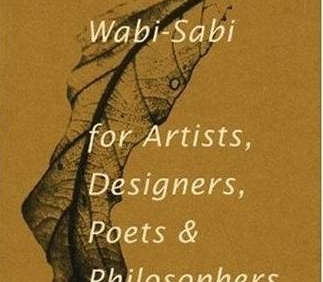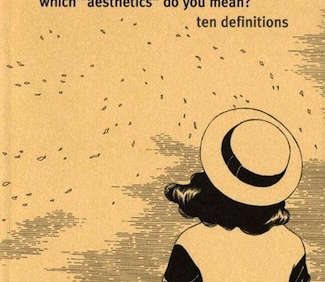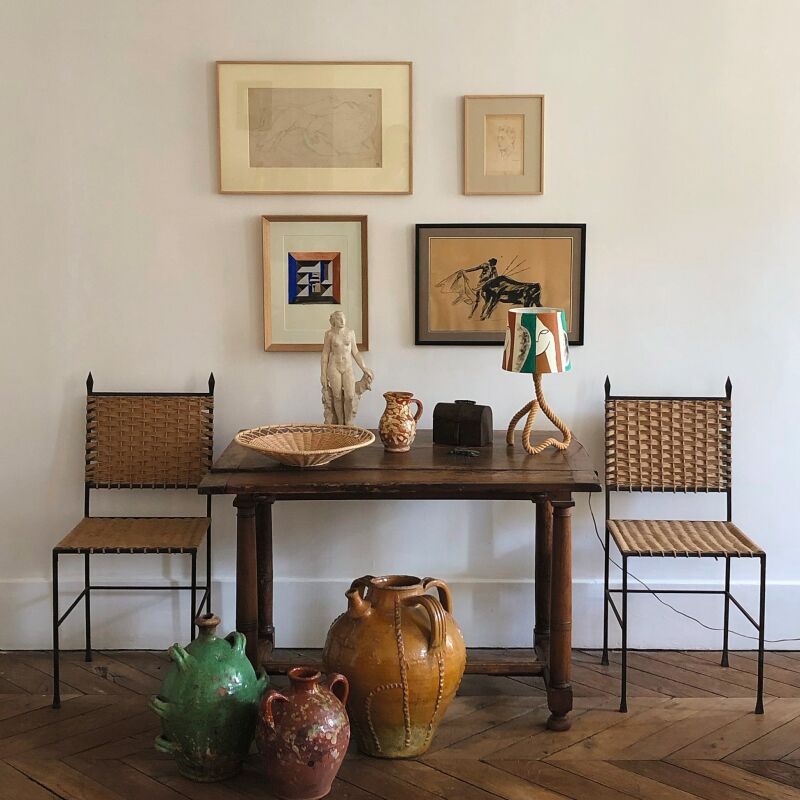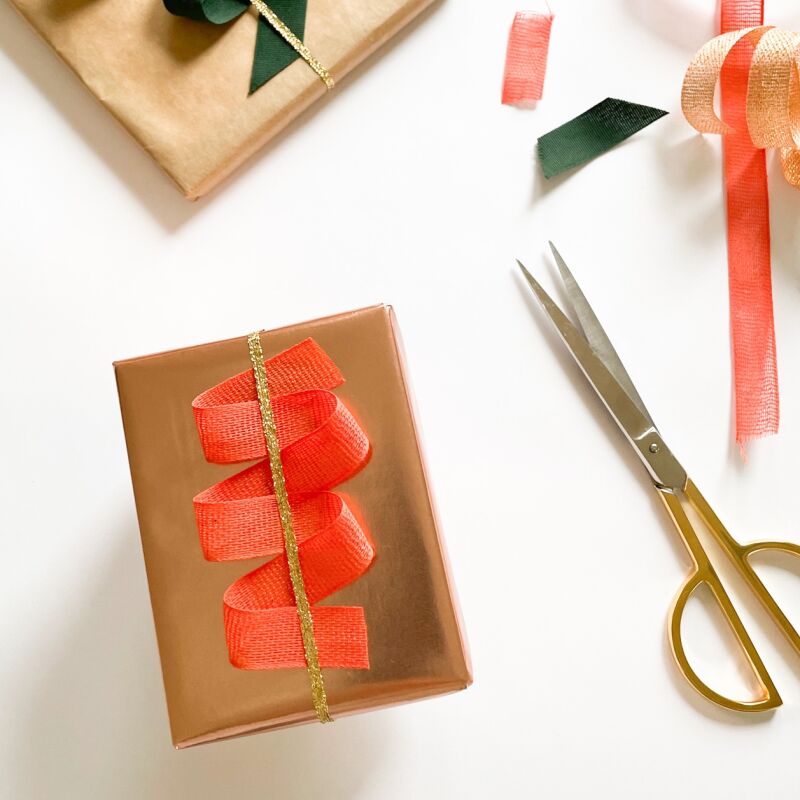The New York Times calls Leonard Koren “a maker of deceptively modest books about deceptively modest subjects”–his topics include gravel and sand gardens, tea ceremonies, and flower shops.
His book Wabi-Sabi, first published in 1994, is considered required reading for the thinking designer. His more recent title Which Aesthetics? is another must-read. Koren, who studied architecture at UCLA, writes: “Aesthetics is pervasive in our lives and behavior. It’s basic, it’s primal. The way we dress, style our hair, decorate our homes, prepare our food, give names to things–these are all aesthetic activities. Then there’s the novels we read, the music we listen to, the movies we view, the video games we play, the art we make and collect.”
Imperfect Publishing publishes all current Leonard Koren titles, including Wabi-Sabi. Bay Area fans, please note that Leonard will be signing his books at our upcoming San Francisco Holiday Market on December 13 at Heath.

Above: Koren’s house in Point Reyes, in Marin County, Northern California. See the whole house at the New York Times. Photograph by Paul Dyer.
Above: Koren not only writes, he also designs his own books, down to the typeface. Wabi-Sabi: For Artists, Designers, Poets & Philosophers is $10.88 at Amazon.
Above: Which ‘”Aesthetics” Do You Mean?: Ten Definitions is $10.93 at Amazon.
Take a look at our current Required Reading list:
- Mr. Finch: Living in a Fairytale World
- Collected, Living with the Things You Love
- Beautifully Small: Clever Ideas for Compact Spaces
- Cultivating Garden Style
- Green Kitchen Travels
N.B.: This post is an update; the original story ran on February 23, 2012, as part of our Wabi-Sabi Week.








Have a Question or Comment About This Post?
Join the conversation (0)